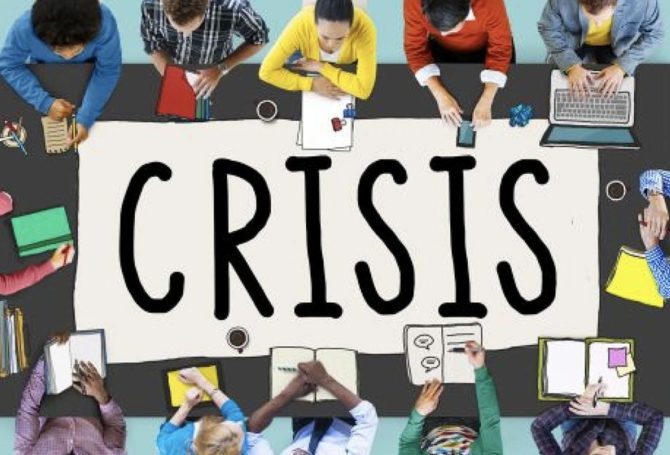Slow-Walking a Fast-Breaking Crisis

In the fable, the hare, after a fast start, loses the race to the slow-moving, but steady tortoise. In the real word of crisis response, the tortoise almost never wins.
We live in a real-time world where crises can erupt or be inflamed by an iPhone video. Trying to respond by telegraph just doesn’t cut it. If you can’t keep up, reporters will look for and find news sources who will, with or without all the facts.
Smart crisis response involves gathering your facts, crafting your message and telling your story. A slow-walking response to a fast-breaking crisis can bury your facts, message and storytelling in the blur. Worse yet, a slow-moving response can become another trigger that propels news velocity.
“ A slow-walking response to a fast-breaking crisis can bury your facts, message and storytelling in the blur. Worse yet, a slow-moving response can become another trigger that propels news velocity.”
Large organizations that haven’t anticipated cruising in the crisis fast lane struggle to approve key statements or proactive steps. Legal considerations often play an outsized role in bogging down a crisis response that can play a significant role in the court of public opinion.
Complex corporate structures and attorneys, however, don’t have to be obstacles, and they shouldn’t be excuses. The solution requires open-eyed crisis preparation, starting with an acknowledgement that a crisis can and probably will happen and the response must be in the same time zone.
Crisis preparation should include specific ways to speed fact-finding, conduct legal reviews and approve actions and statements. One or more officials must be identified to take the lead in the event of a crisis and undergo stress-testing before they show up in front of microphones.
Stress testing and incident exercises based on likely crisis scenarios go well beyond basic media training. They teach how to stay cool while walking on hot media coals, often with only shreds of verified information and sometimes after being ambushed by reporters. Being out front on a cascading crisis requires mental quickness that eclipses the sedentary pace of sitting down for a one-on-one media interview or chatting up financial analysts.
Ordinary question-and-answer prep doesn’t prepare a spokesperson for answering a question in the form of a video shot by an eye-witness to the crisis event.
Many corporate leaders don’t want to be embarrassed by “failing” their stress tests with their top lieutenants looking on. But failure in this kind of media training is the first step toward success. Moreover, it is much better to fail in front of a few people you know than to fall flat in front of a bank of reporters.
If the thought arises that a slow-walked response could allow time to pass so the crisis goes away, think again. There are too many media incentives and too many communications channels for any crisis of note to disappear.
You wouldn’t saunter to safety in the face of a swelling wave ready to pound the beach. You shouldn’t saunter on crisis response, either.



